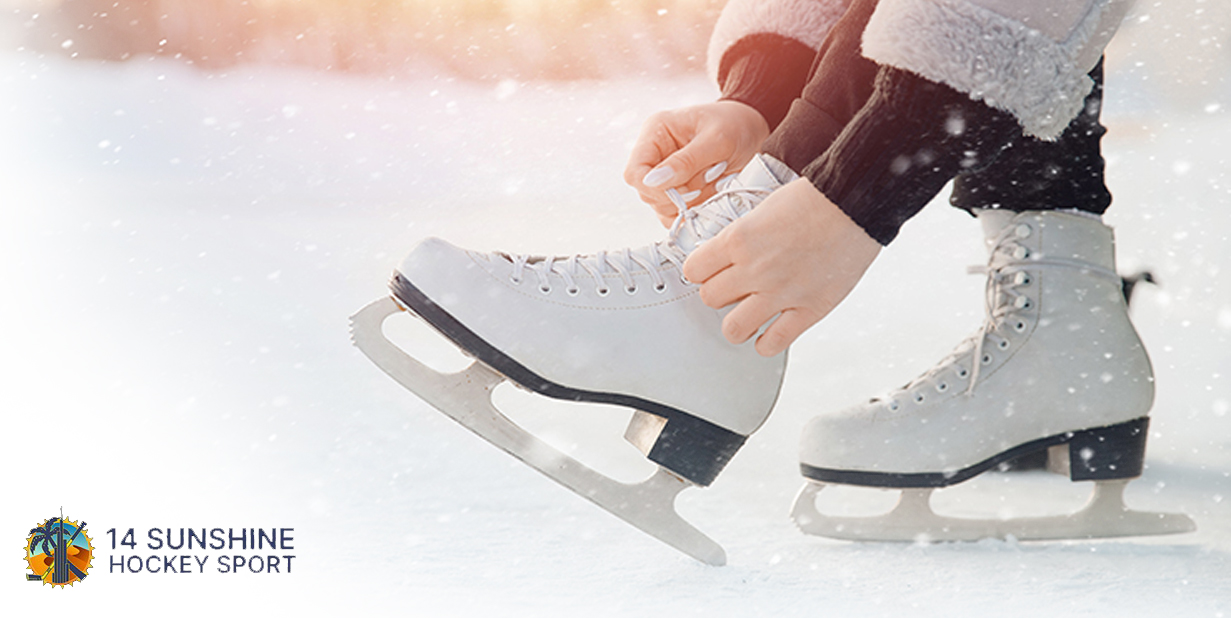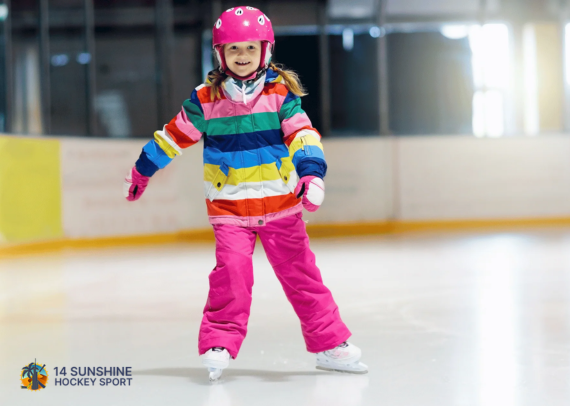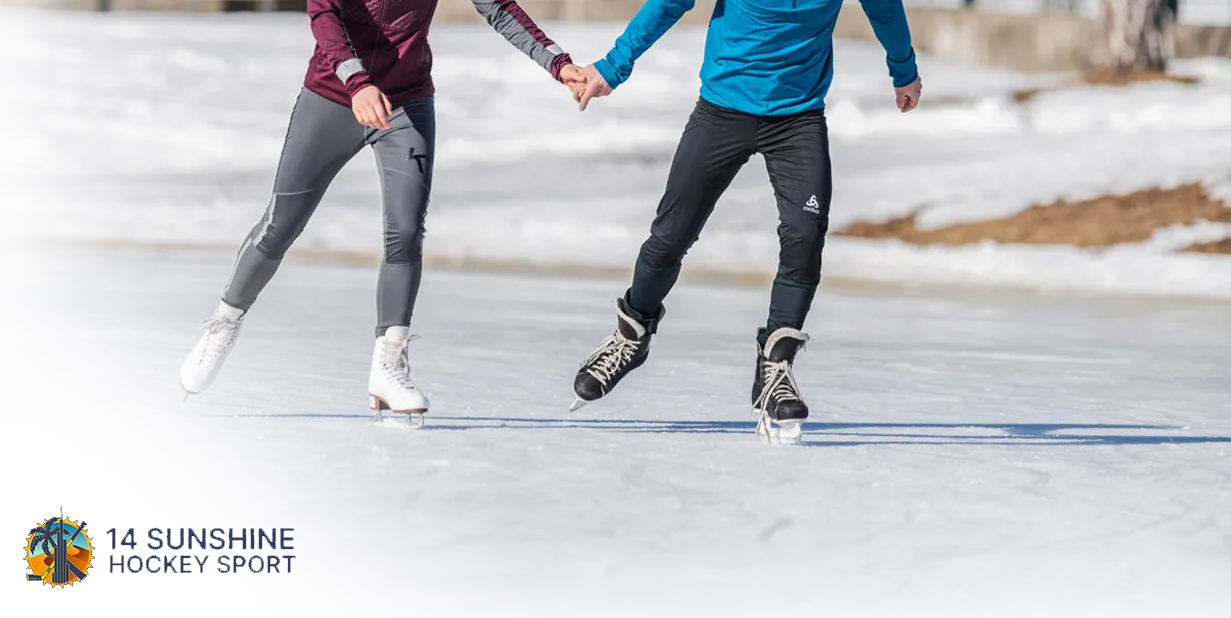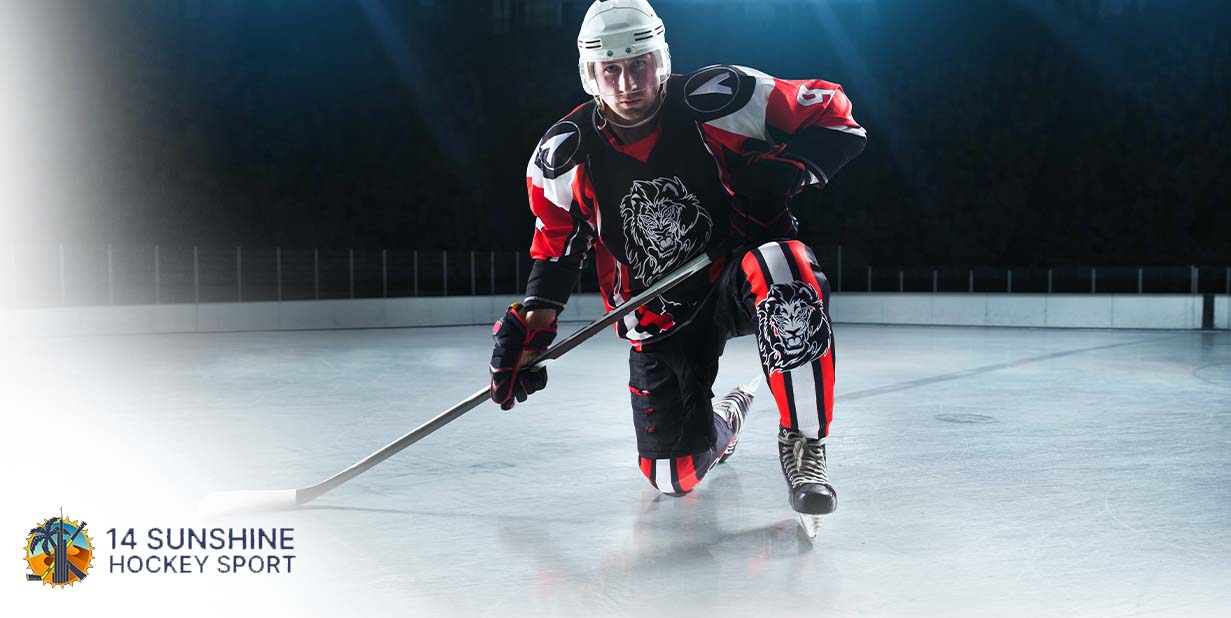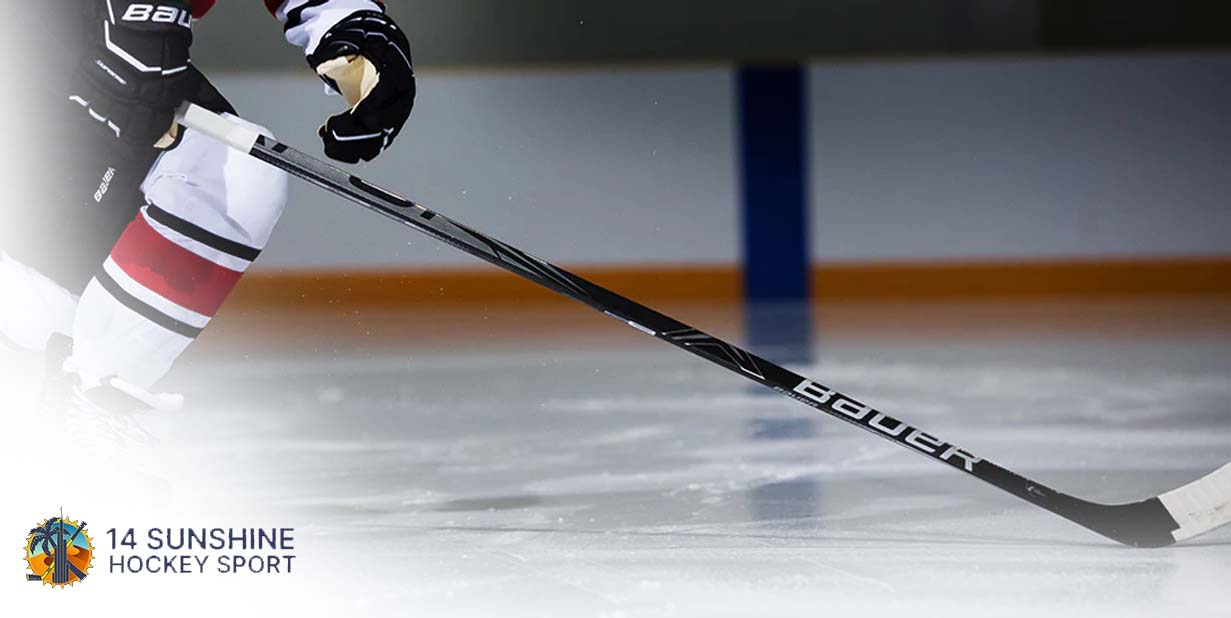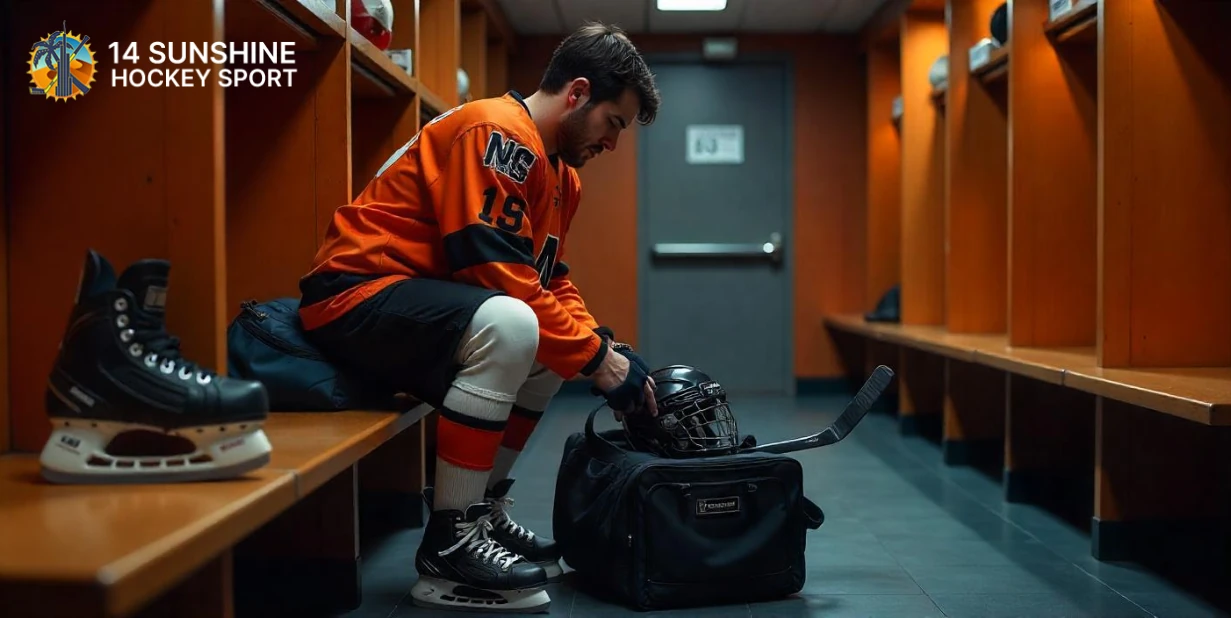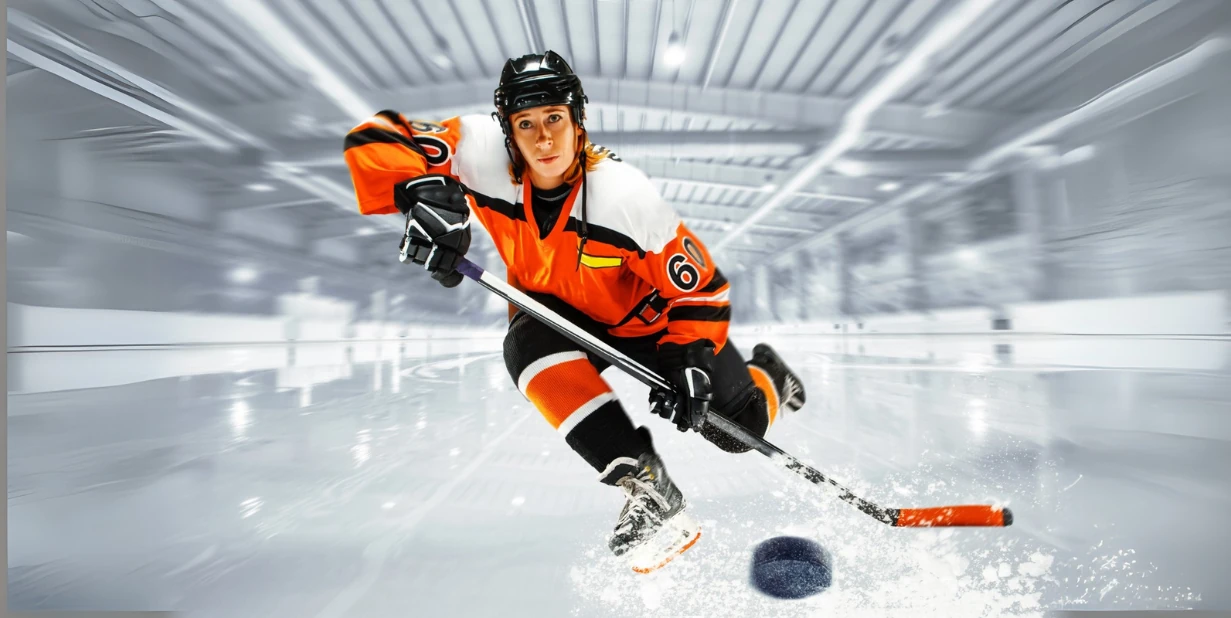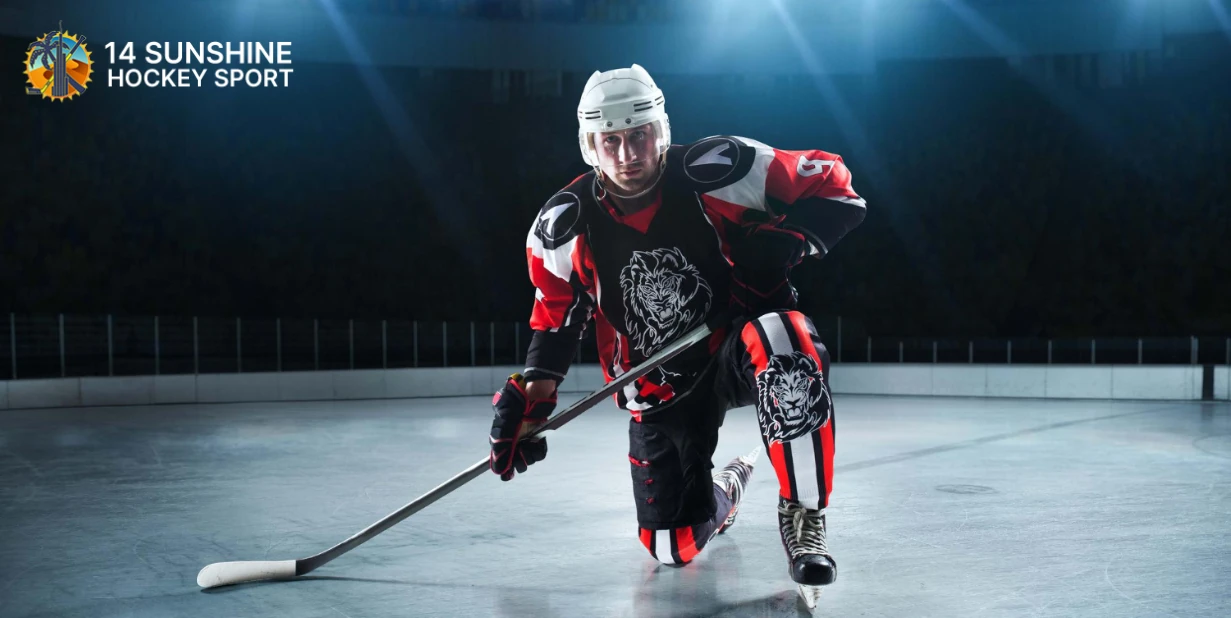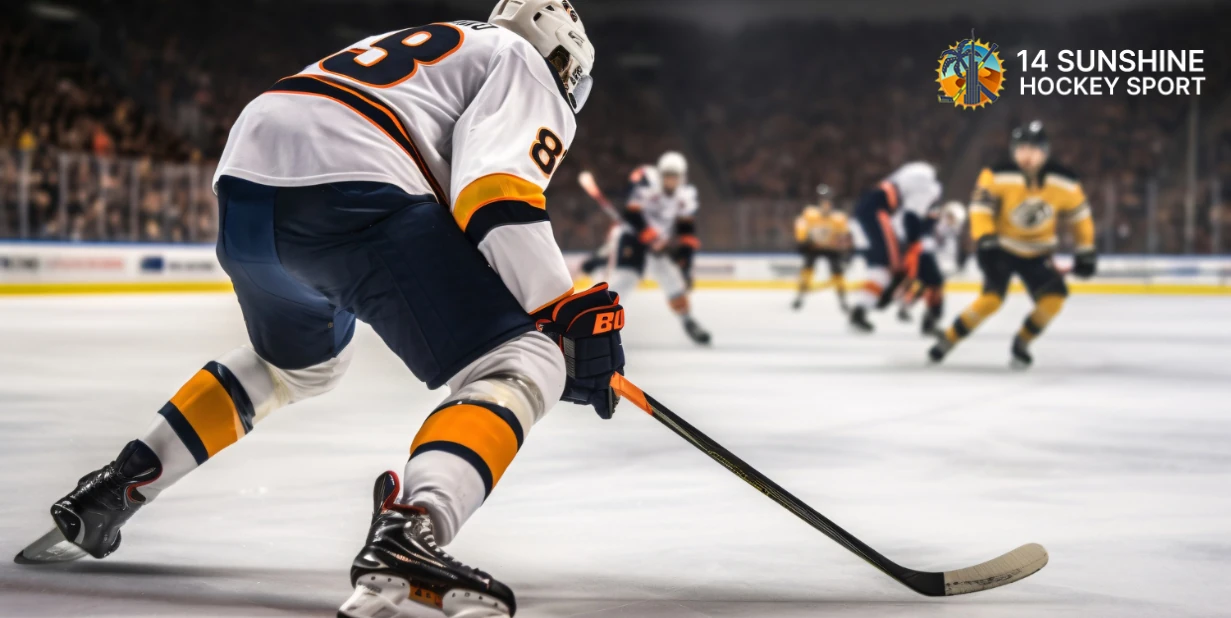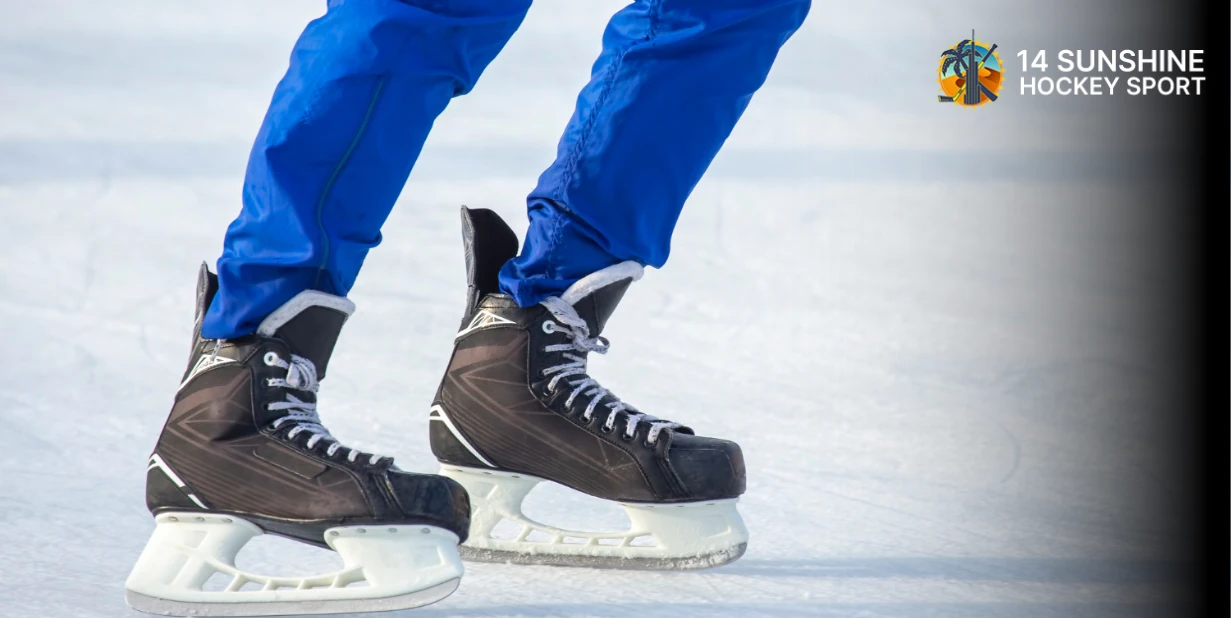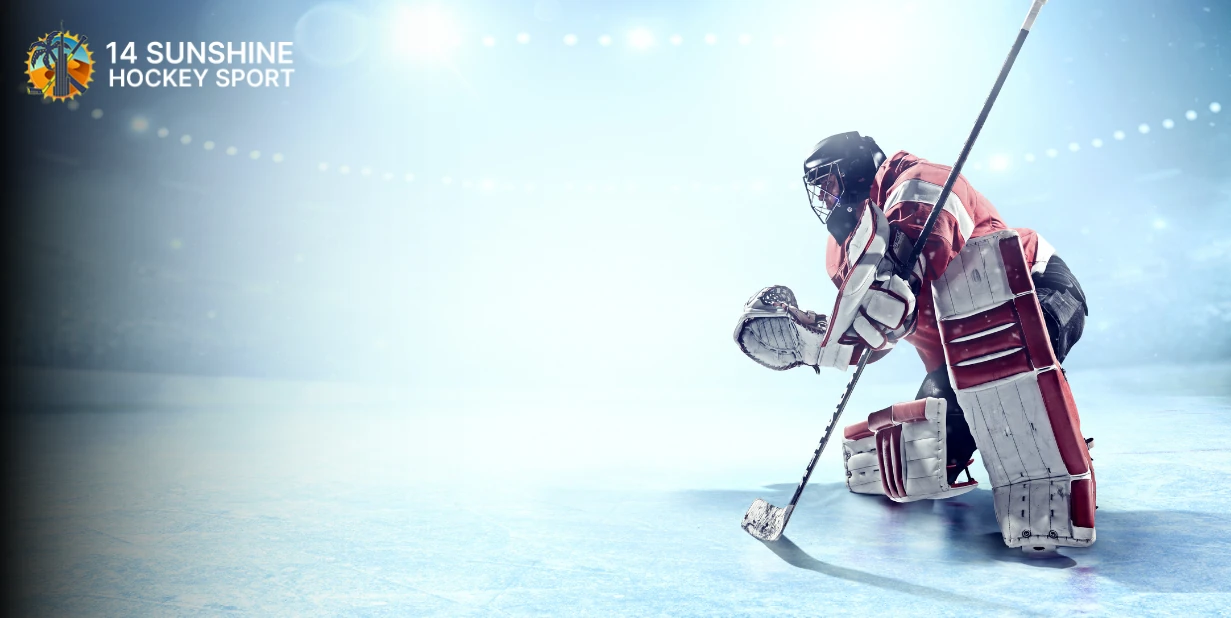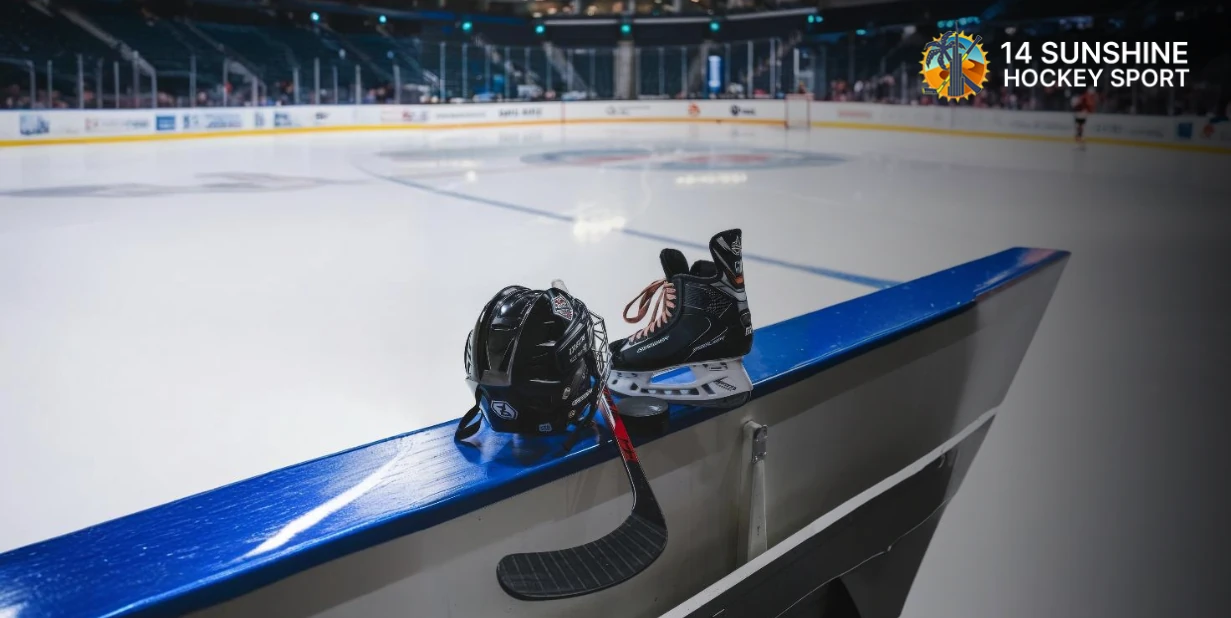Common Ice Hockey Injuries and How to Prevent Them
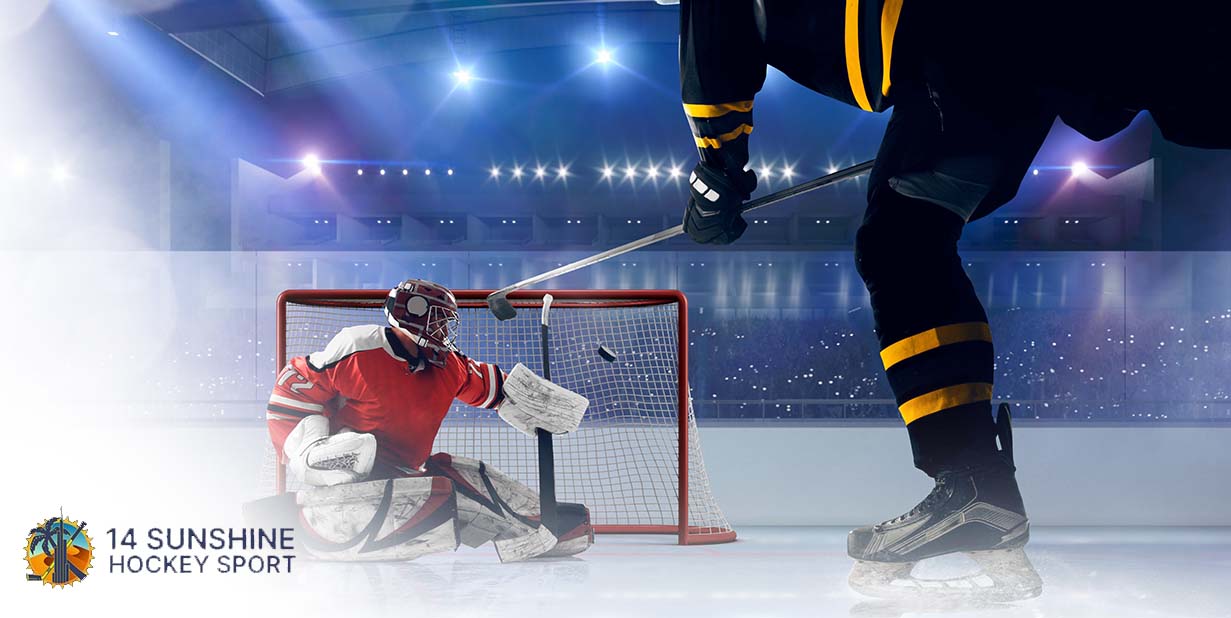
Ice hockey is a fast and physical sport. While it’s exciting and full of energy, it also comes with a risk of injury. From hard hits to high-speed falls, players often face bumps, bruises, and more serious issues.
But the good news is that many hockey injuries can be prevented with proper training, warmups, and smart habits. In this guide, we’ll go over the most common injuries in ice hockey and what you can do to avoid them.
1. Concussions
A concussion is a type of brain injury caused by a blow to the head or a hit that makes the head move rapidly. In hockey, this can happen from collisions, body checks, falls, or even a puck or stick to the head.
Signs of a concussion may include:
- Headache
- Dizziness or confusion
- Nausea or vomiting
- Trouble concentrating or remembering
- Sensitivity to light or sound
How to prevent concussions:
- Always wear a helmet that fits properly and is approved for hockey
- Use a full face cage or visor
- Keep your head up while skating, especially near the boards
- Avoid dangerous hits and follow safe-checking rules
- Report any symptoms right away and never play through a suspected concussion
2. Shoulder Injuries
Shoulders take a lot of impact in hockey, especially during checks or when players crash into the boards. Common injuries include dislocations, sprains, or collarbone fractures.
How to prevent shoulder injuries:
- Strengthen your upper body, especially your shoulders and chest
- Learn how to give and take a check safely
- Wear properly fitted shoulder pads
- Avoid going into the boards at full speed or with your arms extended
3. Knee Injuries
Knees are often injured when a player twists awkwardly or takes a fall. Tearing the ACL or MCL ligaments can be serious and may require surgery and months of rehab.
How to prevent knee injuries:
- Warm up and stretch before practices or games
- Strengthen your legs and hips to support knee movement
- Work on balance and agility drills off the ice
- Wear knee pads if needed for extra support
- Avoid risky body movements like stopping too sharply or twisting with your skate stuck
4. Groin Pulls and Hip Strains
Groin and hip injuries are common because of the side-to-side movement in skating. These muscles are constantly in use, and if they aren’t strong or flexible enough, they can easily get strained.
How to prevent groin and hip injuries:
- Do dynamic stretches before games (like lunges and leg swings)
- Train your core, hips, and lower body for balance and strength
- Avoid overstretching during cold weather or without warming up
- Cool down and stretch after practices
5. Wrist and Hand Injuries
Players use their hands constantly for shooting, stickhandling, and balance. Blocking shots or getting slashed can lead to broken bones, sprains, or bruises.
How to prevent wrist and hand injuries:
- Wear gloves that offer full coverage and padding
- Avoid sticking your hand out to block pucks or slow down
- Practice safe stick-checking techniques
- Strengthen your forearms to reduce strain and improve grip
6. Lower Back Pain
Many players complain of lower back pain, especially after long games or practices. This usually comes from weak core muscles, poor posture, or tight hip flexors.
How to prevent lower back pain:
- Strengthen your core muscles (planks, bird-dogs, side bridges)
- Stretch your hips and hamstrings often
- Avoid bending over too much when skating
- Use proper lifting technique off the ice
7. Ankle Sprains
Ankle injuries can happen during sudden changes in direction or from collisions. Skates help support the ankle, but injuries still occur, especially in players who are just learning.
How to prevent ankle injuries:
- Make sure your skates fit snugly and are tied properly
- Do balance drills and ankle strengthening exercises
- Avoid skating on uneven or damaged ice
- Take breaks if your ankles feel tired or unstable
8. Cuts and Bruises
Even with all the gear, players can get cuts from sticks, blades, or pucks. Facial cuts, arm bruises, and leg scrapes are part of the game, but many are avoidable.
How to prevent cuts and bruises:
- Wear all your protective gear properly: helmet, gloves, shin guards, and padding
- Use a full cage or face shield if possible
- Don’t lift your stick too high
- Practice control while shooting and checking
9. Dental Injuries
Lost teeth and cut lips are common without a mouthguard. A puck, stick, or elbow to the face can do serious damage if your mouth isn’t protected.
How to prevent dental injuries:
- Always wear a mouthguard, even during practice
- Choose a full cage or shield for extra protection
- Replace damaged guards or gear immediately
Tips for Overall Injury Prevention
In addition to injury-specific advice, there are general habits that can keep any hockey player healthier and safer.
- Warm up and stretch before every session: Cold muscles are more likely to get injured.
- Cool down after playing: This helps prevent tightness and aids recovery.
- Stay hydrated: Dehydration can cause cramps and reduce focus.
- Cross-train in the off-season: This helps prevent overuse injuries by working different muscles.
- Listen to your body: If something feels wrong, rest. Pushing through pain can lead to worse injuries.
- Communicate with your coach or trainer: They can help adjust training if you’re feeling sore or recovering.
- Keep your equipment in good shape: Loose pads or old helmets don’t protect you properly.
Conclusion
Injuries are part of any contact sport, but many ice hockey injuries can be avoided with proper training, smart habits, and the right equipment. Whether you’re just starting out or have been playing for years, protecting your body is key to staying on the ice and enjoying the game.
Train smart, play safe, and take care of your body — and you’ll be skating strong for seasons to come.

